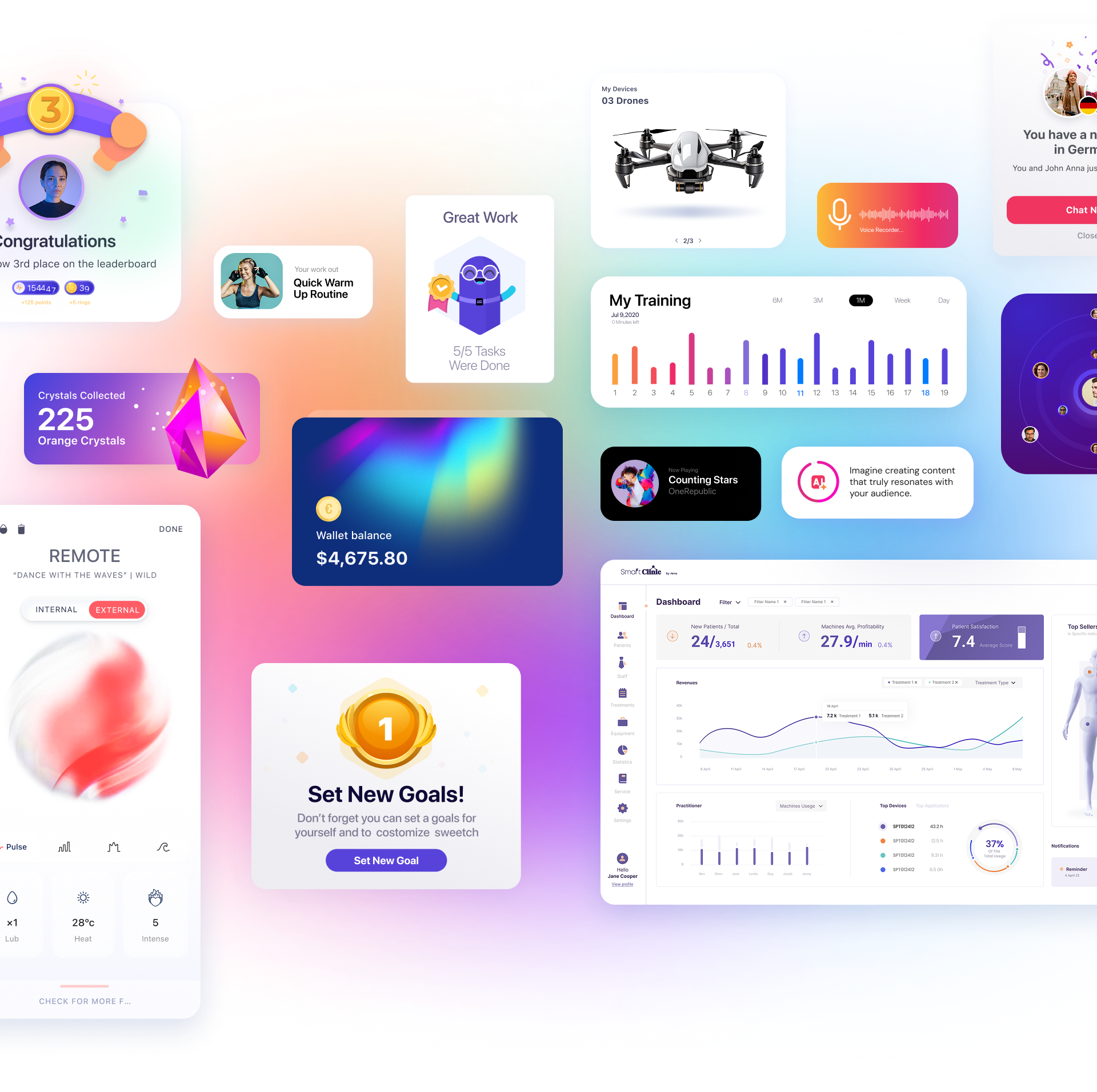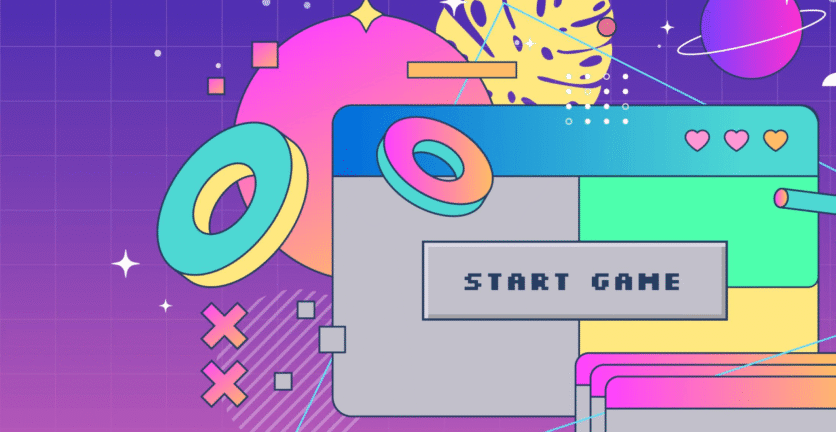In a nutshell, a UI company specializes in designing user interfaces for apps, systems, and web and mobile platforms. It’s not a one-man show, but a team with the experience and knowledge to lead product managers and entrepreneurs through a process that starts with specification, defines the user experience, and designs the user interface.
Take us, for example—Triolla. We employ over 15 professionals: a mix of system analysts, concept creators, experienced UI designers, digital experts, and entrepreneurs in their own right. Our team can challenge even seasoned entrepreneurs and product managers, serving as a source of knowledge and experience to create the best possible user experience and design intuitive interfaces that keep users coming back to your app or system.
So why use the term “UI company”? After all, you could just as easily say “design company” or “graphic designers.” The answer lies in the term UI, which signals a company that specializes in user experience specification and user interface design. A generic graphic design company simply doesn’t meet these needs.
The smallest investment with the highest ROI!
With a relatively low investment (compared to your company’s total investments) of just tens of thousands of dollars, you can increase your product’s chances of success by 10x, 100x, or even 10,000x!
A unique user experience will make your product more memorable.
A unique user experience will triple the time a user spends during the initial onboarding process.
A unique user experience will create a “wow effect.”
As a result, your customer acquisition campaign’s conversion rate could easily multiply by 100. Your ability to prove a high conversion rate during user acquisition is critical for validating your app or platform concept.
Accurate UI design will guide users down the funnel exactly as you planned. Purposeful UI design will give users a sense of achievement. As a result, your retention rate could double, confirming the viability of your app or platform. Without retention, there’s no product, no investors, and no company.
What is UI design, or user interface design?
As Wikipedia puts it:
User experience design (UXD or UED) is the process of enhancing customer satisfaction and loyalty by improving the usability, ease of use, and pleasure provided in the interaction between the customer and the product.
Clear, right? The definition doesn’t mention technology or digital, and it’s vague at best. But like any profession, it’s impossible to distill the process into just a few words.
User interface design is mainly relevant for software and machines that interact with users. The goal is to maximize efficiency, create visual appeal, and foster a positive user experience. A good user interface allows users to complete all the tasks needed to fulfill the product or service’s function. The interface is the point of interaction between the user and the hardware and/or software. In the past, this was called MMI – Man Machine Interface.
UI design is a design skill that aims to deeply understand users and anticipate the optimal interface for them to complete their intended tasks. Good UI design enables users to complete tasks with minimal “friction.”
Friction in the UI world refers to points where users don’t quite understand how to complete tasks, are confused by the process, or become frustrated to the point of abandoning the task.
UI design was never a standalone discipline. In recent years, however, companies have realized the impact that user experience and quality UI design have on the success of both the product and the company as a whole.
That’s how UI designer became a profession in its own right, practiced by experts from various fields—psychology, human factors engineering, computing, and graphic design. UI design involves significant effort and resources, such as building prototypes, running pilot tests, and conducting user testing, all to ensure a user-friendly, accessible, and efficient interface.
UI design is primarily based on functional considerations—what is the most convenient way for users to achieve their goals through the interface and the system behind it, while maintaining an engaging interactive experience. Marketing considerations also come into play—creating a UI that makes the product attractive and distinct from competitors. A well-known example is the design of the Coca-Cola bottle, which serves as the “user interface” for the drink inside. The design reflects both functional considerations (comfortable grip) and marketing ones (the bottle as a brand icon).
Software product interfaces often allow for customization to meet specific user needs and preferences. For example, browsers let users adjust font size, link display, and more. These preferences are usually saved under the user’s profile. Sometimes, users can change the colors and graphic elements of the UI, and these variations are called “skins”—the “skin” of the software, as opposed to its underlying functionality.





 Book a Call
Book a Call





